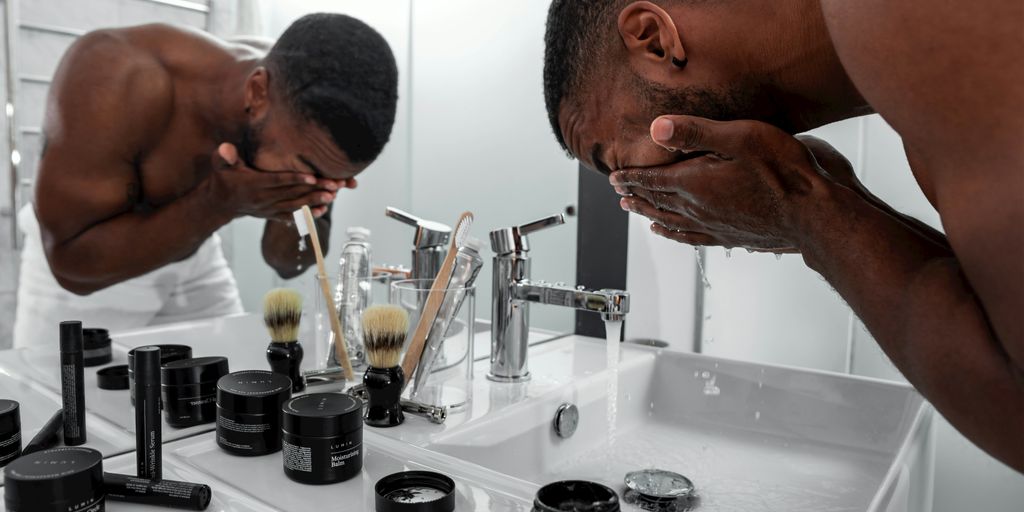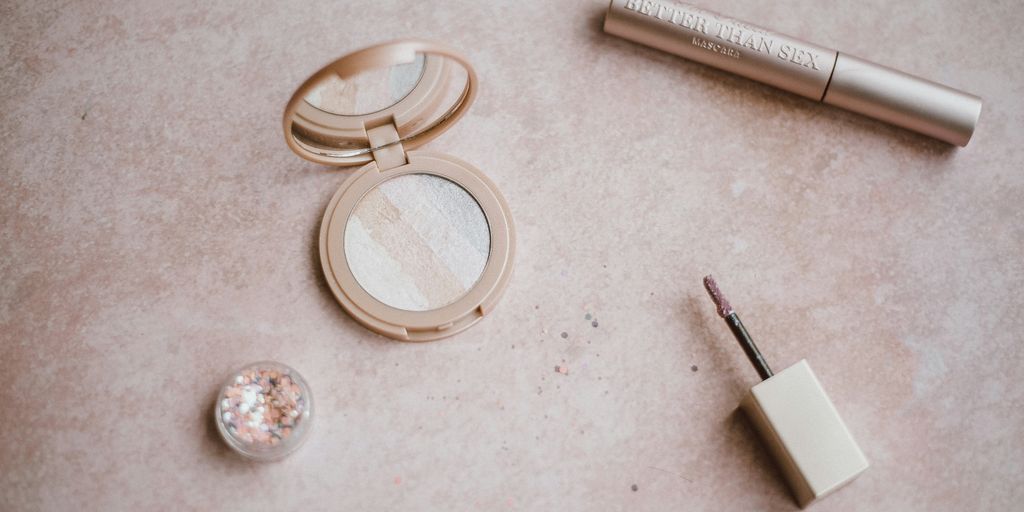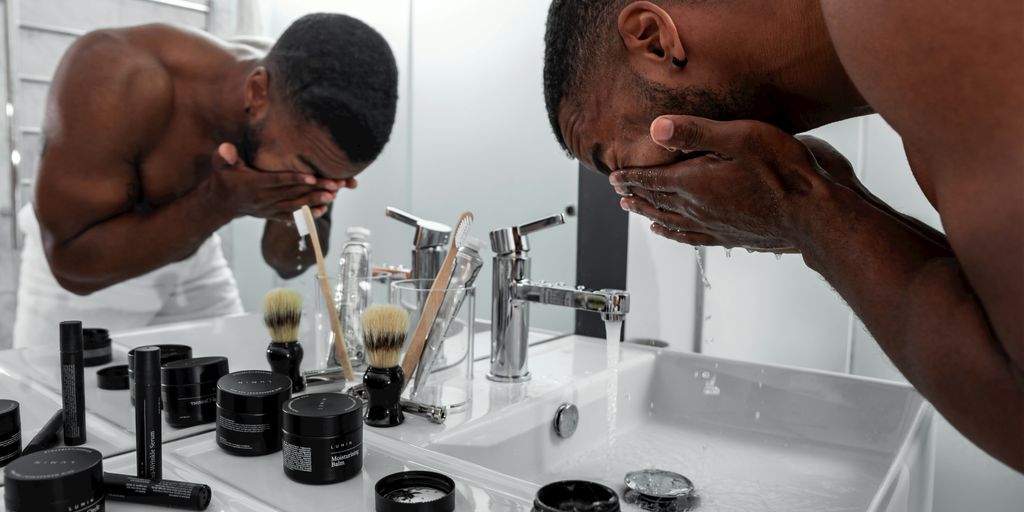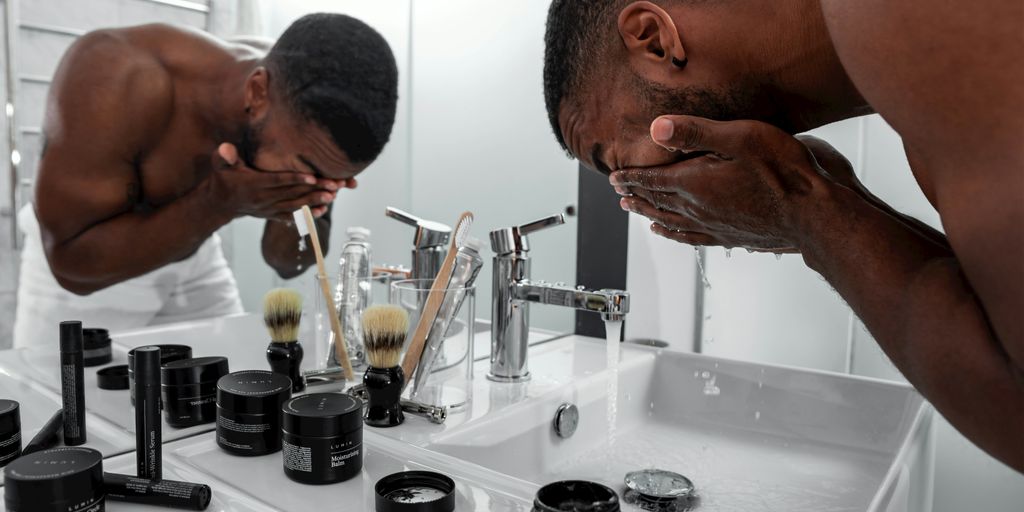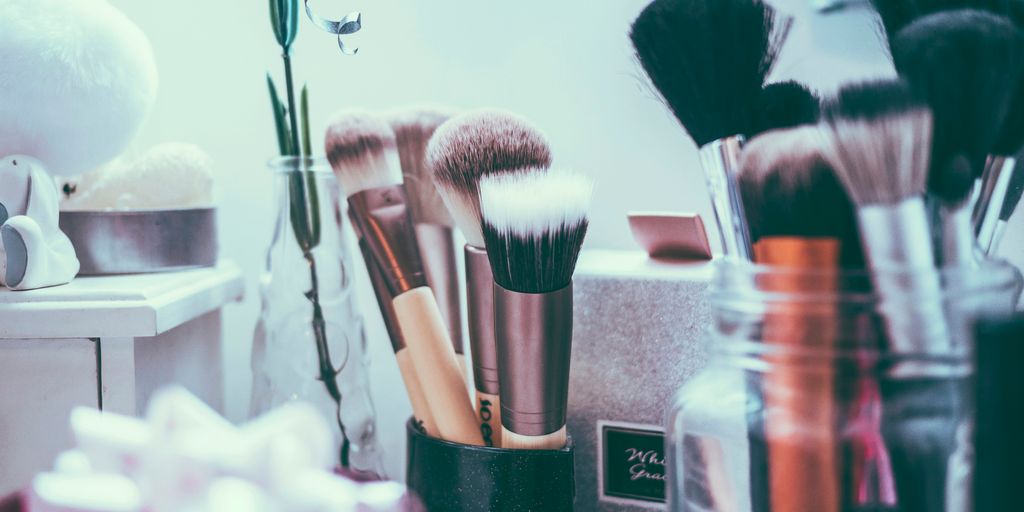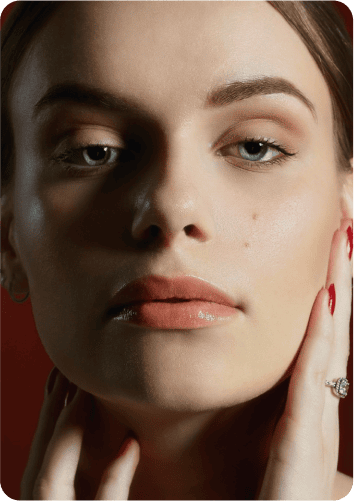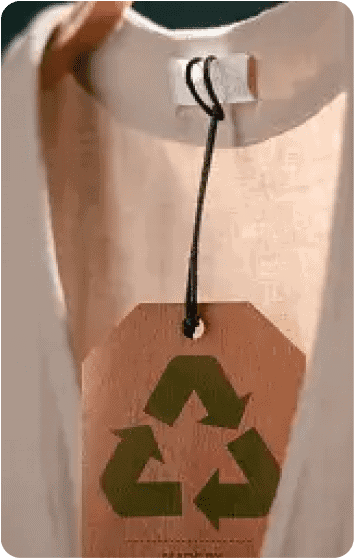As we step into 2025, the question on many beauty lovers’ minds is: is Redken cruelty free? With the rising awareness around animal rights and ethical beauty, it’s crucial to dig into what this means for brands like Redken. This article aims to unpack the complexities of cruelty-free standards, Redken’s policies, and what consumers should know before making a purchase.
Key Takeaways
- Cruelty free means no animal testing is involved in product development.
- Regulations on animal testing vary globally, affecting how brands operate in different markets.
- Redken has faced scrutiny over its animal testing policies, especially in regions where testing is required by law.
- Consumer sentiment is shifting towards cruelty free brands, influenced by social media and advocacy groups.
- Choosing cruelty free products can drive change in the beauty industry, encouraging more brands to adopt ethical practices.
Understanding Cruelty Free Standards
What Does Cruelty Free Mean?
Okay, so what does "cruelty-free" really mean? It’s a term we see thrown around a lot, but it’s important to understand what it signifies. Essentially, it means that a product wasn’t tested on animals at any stage of its development. This includes the ingredients, the final product, and even testing done by the suppliers. However, there’s no single, universally accepted definition, which can make things a little confusing. Some companies might claim to be cruelty-free because they don’t test on animals themselves, but their suppliers might, or they might sell in markets where animal testing is required by law. It’s a bit of a minefield, honestly.
Global Regulations on Animal Testing
Animal testing regulations vary wildly around the world. Some countries have banned it outright for cosmetics, while others still require it for certain products before they can be sold there. This creates a complex situation for brands that want to be cruelty-free. For example:
- The European Union has a comprehensive ban on animal testing for cosmetics.
- Other countries, like India, Israel, and Australia, have also banned animal testing for cosmetics.
- China, on the other hand, historically required animal testing for many imported cosmetics, though they’ve made some changes recently, making it less strict for some products.
Navigating these different regulations can be tricky for companies. Some choose not to sell in countries where animal testing is required, while others might comply with the local laws, leading to questions about their cruelty-free status.
The Importance of Cruelty Free Certification
Cruelty-free certification helps consumers make informed choices. These certifications are usually issued by independent organizations that have their own standards and audit processes. Some of the most well-known certifications include:
- Leaping Bunny: This is a globally recognized certification that requires companies to have a supplier monitoring system in place to ensure no animal testing is done at any stage of product development.
- PETA’s Beauty Without Bunnies: PETA (People for the Ethical Treatment of Animals) also offers a cruelty-free certification. Companies that are certified by PETA must sign a statement verifying that they do not conduct, commission, or pay for any animal testing.
- Choose Cruelty Free (CCF): An Australian organization that certifies products not tested on animals.
Having one of these logos on a product can give consumers more confidence that the product is truly cruelty-free. It’s a good idea to check out the certifying organization to see what their standards are, just to be sure you’re comfortable with them.
Redken’s Animal Testing Policy
Official Statements from Redken
Okay, so what’s the deal with Redken and animal testing? It’s a question a lot of us have, especially since we’re all trying to make better choices about the products we use. Redken, like many big brands, has released official statements about their stance on animal testing. Usually, these statements say they don’t test on animals unless required by law. But, and this is a big but, the wording can be tricky. It often comes down to interpreting what "required by law" really means.
Historical Context of Redken’s Practices
To really understand where Redken stands today, it helps to look back. Redken has been around for a while, and beauty industry practices have changed a lot over the years. There was a time when animal testing was just the norm, something almost every company did without a second thought. Knowing the history can give you a better idea of how their policies have evolved, or maybe haven’t evolved, over time. It’s like trying to understand why your grandma still uses a rotary phone – you gotta know the context!
Current Testing Practices in Different Markets
This is where things get a little complicated. Even if a company says they don’t test on animals in most places, they might still do it to sell their products in certain markets. Some countries, like China, require animal testing for imported cosmetics. So, even if Redken products aren’t tested in the US or Europe, they might be tested to be sold in those specific regions. It’s a bit of a gray area, and it’s why it’s so important to dig a little deeper than just reading the company’s main statement.
It’s worth remembering that the beauty industry is complex, and what seems straightforward on the surface often has layers of nuance. Understanding the different regulations and market pressures helps to paint a clearer picture of a brand’s true commitment to cruelty-free practices.
Here’s a quick breakdown:
- North America & Europe: Generally, no required animal testing.
- China: Historically required animal testing for imported cosmetics, though regulations are changing.
- Other Regions: Varies depending on local laws.
Consumer Perception of Redken

Public Sentiment on Cruelty Free Brands
These days, it feels like everyone is talking about cruelty-free products. More and more people are actively seeking out brands that don’t test on animals. It’s not just a niche market anymore; it’s becoming a mainstream expectation. Consumers are getting smarter and doing their homework, checking labels, and researching company policies before they buy anything. This shift is putting pressure on all sorts of brands, including well-established ones like Redken, to really consider their practices and how they’re perceived.
Influence of Social Media on Brand Image
Social media has completely changed the game for brands. A single post can make or break a company’s reputation. If a brand is seen as unethical or out of touch, it can spread like wildfire online. Platforms like Instagram, TikTok, and X (formerly Twitter) are full of people sharing their opinions and experiences with different products. This means brands have to be extra careful about how they present themselves and what their values are. For Redken, this means that their animal testing policies are under constant scrutiny. Here are some ways social media impacts brand image:
- Rapid dissemination of information (both positive and negative).
- Direct engagement with consumers.
- Increased transparency and accountability.
The Role of Consumer Advocacy Groups
Consumer advocacy groups play a big part in shaping public opinion about brands. These groups do the work of researching and sharing information about company practices, including animal testing. They often put pressure on companies to change their policies and be more transparent. They can influence consumer behavior by:
- Organizing boycotts and campaigns.
- Providing resources and information to consumers.
- Lobbying for stricter regulations on animal testing.
It’s important to remember that consumer perception is constantly evolving. What was acceptable a few years ago might not be today. Brands need to stay informed and adapt to changing consumer expectations if they want to stay relevant and successful.
Alternatives to Redken Products
Cruelty Free Hair Care Brands
Finding alternatives to Redken that align with cruelty-free values is easier than you might think! There are tons of brands out there making great hair products without testing on animals. Some popular choices include brands like Wella, Clairol Professional, Rusk and Quantum. It’s always a good idea to check certifications and do a little digging to make sure a brand’s practices really match your values. Don’t just take their word for it; look for the Leaping Bunny or PETA certification.
Vegan Options in Hair Care
Vegan hair care goes a step further, excluding any animal-derived ingredients in addition to being cruelty-free. If you’re looking for vegan alternatives, keep an eye out for labels that specifically say "vegan." Common animal ingredients to avoid include honey, beeswax, and lanolin.
Here’s a quick list of things to consider:
- Ingredient lists: Always read them carefully.
- Brand certifications: Look for official vegan certifications.
- Online reviews: See what other consumers say about the product’s effectiveness.
Sustainable Beauty Practices
Beyond cruelty-free and vegan, many people are now interested in sustainable beauty. This means considering the environmental impact of packaging, ingredients, and production processes. Look for brands that use recycled materials, offer refill programs, or source ingredients responsibly. It’s about making choices that are good for your hair and good for the planet.
Choosing sustainable beauty products can feel overwhelming at first, but even small changes can make a difference. Start by swapping out one or two products at a time and gradually build a more eco-friendly routine.
The Impact of Cruelty Free Choices
Benefits of Supporting Cruelty Free Brands
Choosing cruelty-free isn’t just a trend; it’s a decision that has real effects. One of the biggest benefits is, of course, reducing animal suffering. When you buy from brands that don’t test on animals, you’re directly supporting a system that values animal welfare. Beyond the ethical aspect, many cruelty-free brands also tend to focus on using better ingredients, which can be better for your skin and health. It’s a win-win!
How Consumer Choices Affect the Industry
Our wallets speak volumes. When we consistently choose cruelty-free products, we send a clear message to the beauty industry: animal testing is not okay. This demand pushes more brands to reconsider their practices and invest in alternative testing methods. The more people who make this choice, the faster the industry will change. It’s all about supply and demand, and we, as consumers, have the power to shift that demand.
The Future of Cruelty Free Beauty
The future looks promising for cruelty-free beauty. With growing awareness and increasing consumer demand, more and more brands are making the switch. Technological advancements in alternative testing methods are also playing a big role. We’re seeing things like:
- More sophisticated in-vitro testing.
- Advanced computer modeling.
- Increased use of human cell-based research.
These innovations mean that animal testing is becoming less necessary and less common. The goal is a world where all beauty products are created without harming animals, and we’re moving closer to that every day.
Navigating the Beauty Industry’s Claims
Understanding Labels and Certifications
Okay, so you’re trying to figure out if that face cream is actually cruelty-free? The first step is understanding what all those little symbols and words on the packaging mean. There’s a whole alphabet soup of certifications out there, and it can be super confusing. Some of the big ones to look for include Leaping Bunny, PETA’s Beauty Without Bunnies, and Choose Cruelty Free. These organizations have different standards, so it’s worth doing a little digging to see which ones align with your values. Don’t just assume a product is cruelty-free because it says so; look for that third-party verification.
Identifying Misleading Marketing Tactics
Ever heard of "greenwashing"? It’s when a company tries to make you think they’re all about being eco-friendly, even when they’re really not. The beauty industry is full of it. Watch out for phrases like "natural" or "eco-friendly" without any real backing. These terms aren’t always regulated, so companies can slap them on anything. Also, be wary of vague claims about being "against animal testing" if they don’t specify whether their suppliers test on animals or if they sell in markets where testing is required by law. It’s all about reading between the lines and doing your homework.
How to Research Brands Effectively
So, how do you cut through all the noise and figure out which brands are the real deal? Start by checking out the brand’s website. Look for a clear and detailed animal testing policy. If it’s hard to find or uses vague language, that’s a red flag.
Here are some steps you can take:
- Check for third-party certifications (Leaping Bunny, PETA, etc.).
- Look for the brand on cruelty-free lists maintained by reputable organizations.
- Contact the brand directly and ask specific questions about their testing practices and supply chain.
Remember, transparency is key. If a brand is truly committed to being cruelty-free, they’ll be happy to answer your questions and provide documentation to back up their claims. If they’re evasive or unwilling to share information, it’s probably best to look elsewhere.
It might take a little extra time, but knowing you’re supporting brands that align with your values is worth it.
The Role of Transparency in Beauty Brands
Why Transparency Matters
In today’s world, it’s not enough for a beauty brand to just say they’re good. People want proof. They want to know what’s in the products, where the ingredients come from, and how the company operates. Transparency builds trust, and trust is everything. If a brand is open about its practices, consumers are more likely to feel confident in their choices and stick with that brand.
How Brands Can Improve Transparency
Brands can take several steps to be more open and honest:
- Clearly list all ingredients on product packaging and websites.
- Provide information about sourcing and manufacturing processes.
- Share details about their animal testing policies, even if it’s "we don’t test on animals, but our suppliers might."
- Be upfront about any potential allergens or irritants in their products.
It’s about more than just ticking boxes; it’s about creating a culture of honesty within the company and communicating that to the public.
Consumer Expectations for Honest Practices
Consumers now expect brands to be honest about their practices. This includes:
- Authenticity: People can spot a fake a mile away. Brands need to be genuine in their messaging and actions.
- Responsiveness: Addressing concerns and answering questions promptly shows that a brand cares about its customers.
- Accountability: Owning up to mistakes and taking steps to correct them is crucial for maintaining trust.
If brands don’t meet these expectations, consumers will simply move on to brands that do. The beauty industry is competitive, and transparency can be a key differentiator.
Transparency is super important for beauty brands today. When companies share clear information about their products, it helps build trust with customers. People want to know what’s in the products they use and how they are made. By being open about their ingredients and practices, brands can show they care about their customers and the environment. If you want to learn more about how transparency can change the beauty industry, visit our website!
Final Thoughts on Redken’s Cruelty-Free Status
So, after digging into Redken’s practices, it’s clear that the answer isn’t black and white. While they claim to be cruelty-free, their ties to certain markets and testing regulations raise some eyebrows. If you’re someone who cares deeply about animal welfare, it’s worth considering these factors before making a purchase. Ultimately, the choice is yours. Staying informed is key, and supporting brands that align with your values can make a difference. Let’s keep pushing for transparency in the beauty industry, one product at a time.
Frequently Asked Questions
What does it mean for a product to be cruelty free?
Cruelty free means that a product was not tested on animals at any stage of its development.
Are there laws about animal testing for cosmetics?
Yes, many countries have laws that regulate animal testing, but they vary widely. Some countries ban it completely while others allow it under certain conditions.
How can I tell if a brand is truly cruelty free?
Look for certifications from recognized organizations, check the brand’s website for their policies, and read labels carefully.
What are some popular cruelty free hair care brands?
Some well-known cruelty free hair care brands include Paul Mitchell, Aveda, and SheaMoisture.
Why is it important to support cruelty free products?
Supporting cruelty free products helps protect animals from suffering and encourages companies to adopt more humane practices.
How can I find out more about a brand’s testing practices?
You can research brands online, check their official statements, and look for reviews from consumer advocacy groups.


